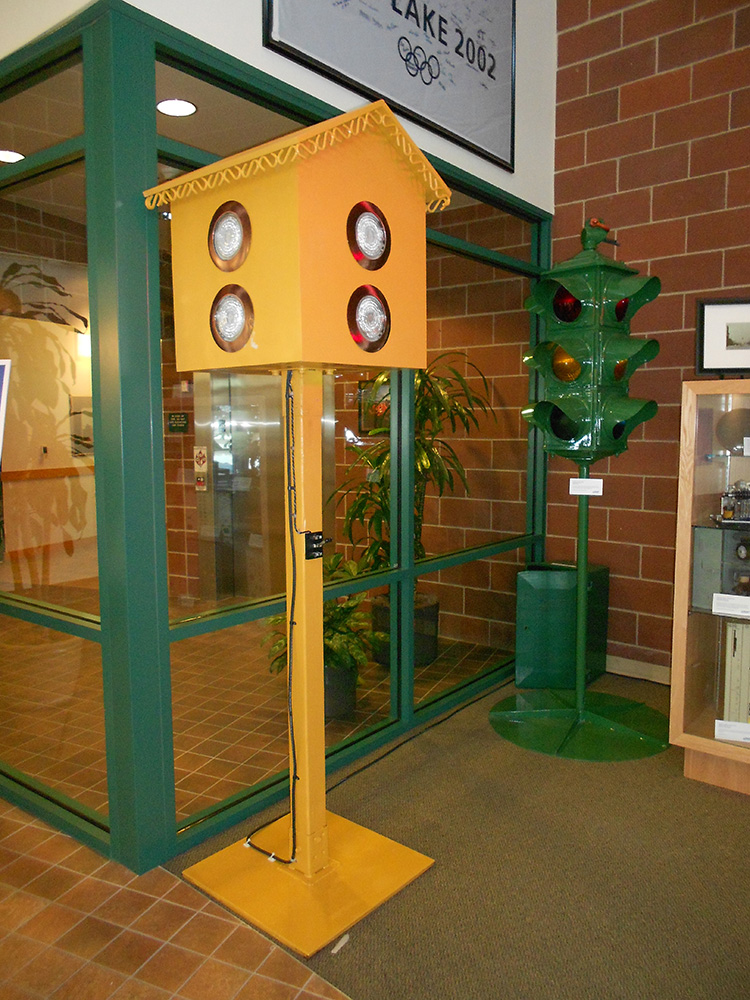In 1885 in Germany, Karl Benz put his name in the history books by installing an internal combustion engine on to a small 3-wheeled machine that looked like a fat bicycle. The new engine was a single cylinder 4-stroke, and was placed in the back of the vehicle. It was steered by an upright tiller which did not give good control, but since the engine had less than a single horsepower of force (0.75hp), it was anything but fast.
In August of 1888, Bertha Benz took the first ever “joy ride” and then advised her husband that the transmission needed a lower gear for going up hills, which he then installed.
In the U.S. the Duryea Brothers started the first American automobile company in Massachusetts in 1893, and they were quickly followed by hundreds of others. Small companies that used to build bicycles or horse drawn wagons were diving in to this new industry. Most manufacturers were only producing 5 or 6 vehicles per year. They were hand built, hand assembled, and often took about a month for a factory to construct a single vehicle.
In 1908 Henry Ford applied the assembly line methods of other industries to the construction of automobiles in Detroit. His factory could now far out produce anyone else, and the cost of the Model T was far less than other vehicles. Automobiles were becoming a common sight by the early 1910’s, and so were automobile crashes.















